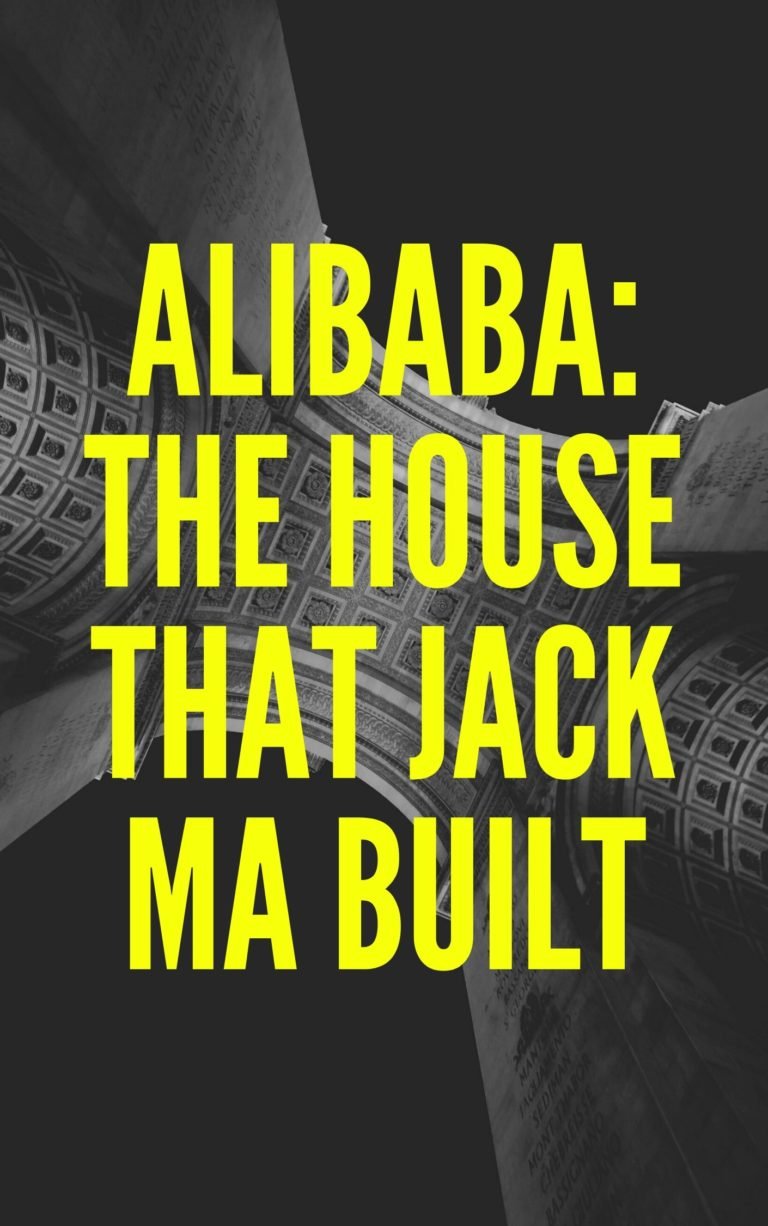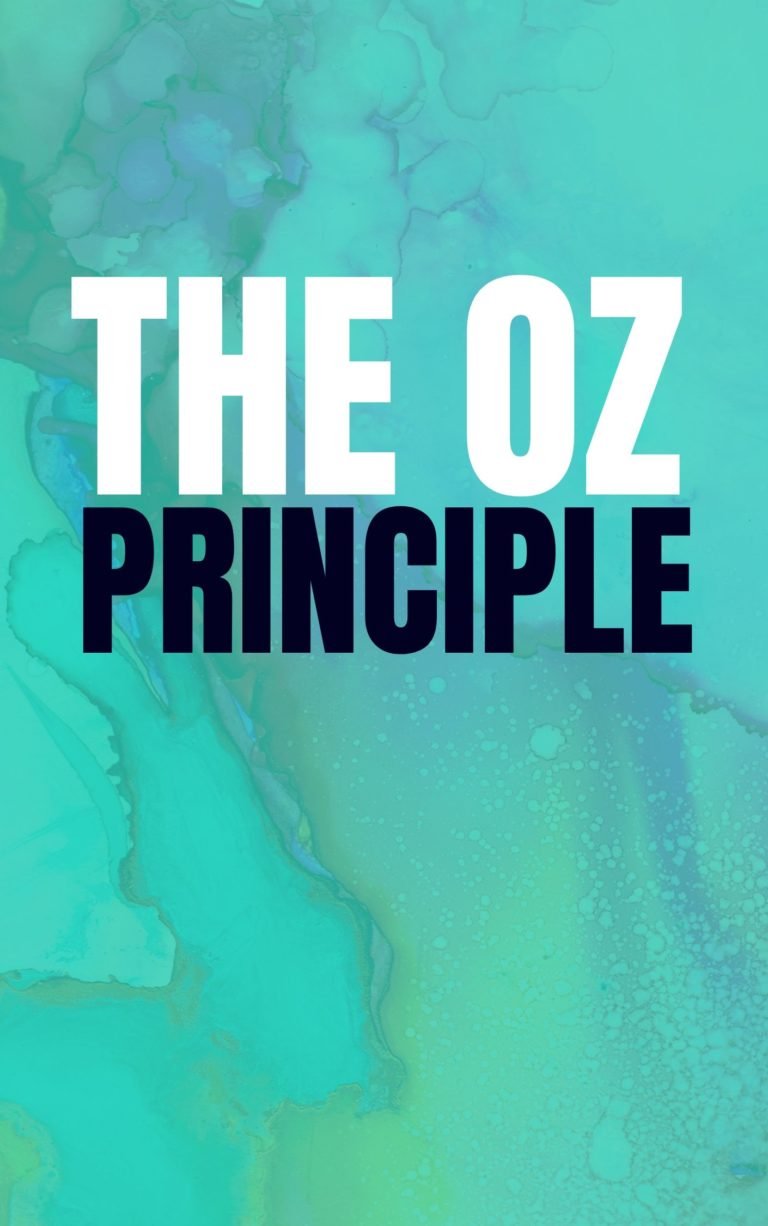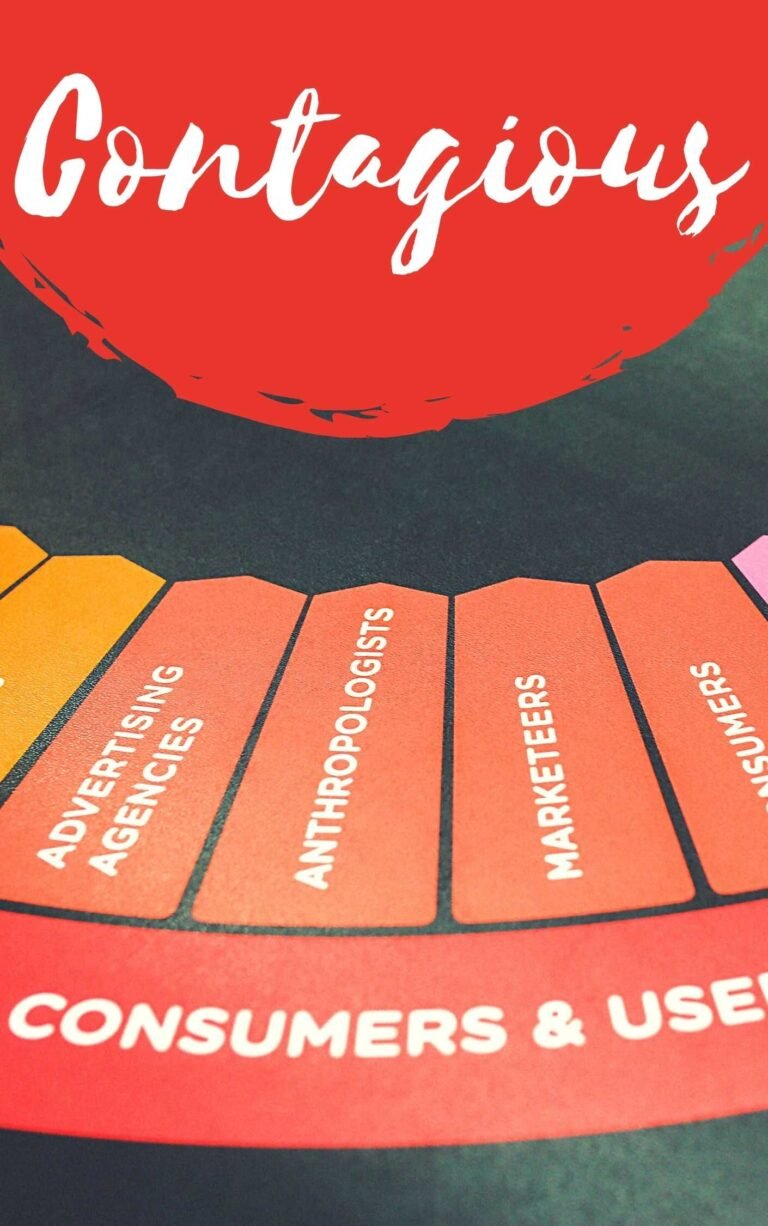The Innovator’s Dilemma – Book Summary
The Revolutionary Book That Will Change the Way You Do Business
Clayton Christensen
Rating: 8.0
“This book ought to chill any executive who feels bulletproof —and inspire entrepreneurs aiming their guns.”
—Forbes
The Innovator’s Dilemma is a business classic that explains the power of disruption, why market leaders are often set up to fail as technologies and industries change and what incumbents can do to secure their market leadership for a long time.
“There had, therefore, to be a reason why good managers consistently made wrong decisions when faced with disruptive technological change.”
The Innovator’s Dilemma – Book Summary, Make Me Read
Contents
The Dilemma
The dilemma in the Innovator’s Dilemma is simple; Innovations that satisfy a brand’s need for growth require taking risks that are unacceptable to that brand. Innovation, or at least disruptive innovation – the kind that drives growth – requires vision, nerve and patience. And most brands don’t have these qualities; driven by quarterly results, most brands will eschew long-term growth for short-term profitability.
“Disruptive technologies typically enable new markets to emerge.”
The Innovator’s Dilemma – Book Summary, Make Me Read
For big brands, the problem is worse – growth opportunities typically lie in small new market niches that have yet to flourish, not in mature stable markets. But these niches typically get overlooked by large brands and dismissed as not sizeable enough. How many brands would have invested in the small, nascent energy drink market niche with a product that tested so poorly that the research concluded “No other product has ever failed this convincingly”? Red Bull did, but only by ignoring consumer research and betting on a vision of how the world should be, not how it is.

“Disruptive technology should be framed as a marketing challenge, not a technological one.”
The Innovator’s Dilemma – Book Summary, Make Me Read
A Faster Horse
Indeed, from an FMCG point of view, the Innovator’s Dilemma comes down to this quote (mis)-attributed to Henry Ford: “If I’d asked my customers what they wanted, they’d have said a faster horse.”
“To succeed consistently, good managers need to be skilled not just in choosing, training, and motivating the right people for the right job, but in choosing, building, and preparing the right organization for the job as well.”
The Innovator’s Dilemma – Book Summary, Make Me Read
Big brands typically need a big tick in the box from lots of consumers before they will commit to an innovation; but getting that big tick comes at the expense of big growth. The result? It is the new entrants, the start-ups and the entrepreneurs that grow through innovation, not big brands or organisations.
“They must be plans for learning rather than plans for implementation.”
The Innovator’s Dilemma – Book Summary, Make Me Read
Of course, there are exceptions. Big brands can do disruptive innovation, but only by behaving like start-ups driven vision rather than research. When Nintendo came out with its blockbuster Wii gaming platform, the marketing director proudly claimed “We don’t use consumer focus groups. We got a lot of feedback from developers in the industry.”
“When commercializing disruptive technologies, they found or developed new markets that valued the attributes of the disruptive products, rather than search for a technological breakthrough so that the disruptive product could compete as a sustaining technology in mainstream markets.”
The Innovator’s Dilemma – Book Summary, Make Me Read
Steve Jobs attributed the Apple turnaround to a similar ethic – stop pandering to what consumers think and say they want and build insanely great products with passionate professionals who have a shared vision of how the world should be, not how it is. BBC’s Lord Reith summed up the attitude succinctly – the goal of the BBC is “to give the public something slightly better than they think they want”.
“The techniques that worked so extraordinarily well when applied to sustaining technologies, however, clearly failed badly when applied to markets or applications that did not yet exist.”
The Innovator’s Dilemma – Book Summary, Make Me Read
Disruptive Technology & Product-Led Innovation
So how do big brands solve the Innovator’s Dilemma – the need for growth that comes only with disruptive innovation, but when they only have the risk-appetite for ‘sustaining innovation’?
“Sound managerial decisions are at the very root of their impending fall from industry leadership.”
The Innovator’s Dilemma – Book Summary, Make Me Read
Following in the footsteps of Karl Marx and Marshall McLuhan (via Thornstein Veblen and John Dewey), Christensen is a technological determinist believing that it is technology that drives and disrupts culture – including consumer behaviour and business – and not the other way around. Technology in this sense, is not about gadgets, it is about any new tools offering new functionality, reliability, convenience and cost efficiencies. The opportunity for brands is to identify and harness new disruptive technologies with the capacity to create value for the business and the consumer. Christensen illustrates the point by showing how ‘technology’ has disrupted everything from discount retail to ink jet printers software and consumer healthcare.
“Three classes of factors affect what an organization can and cannot do: its resources, its processes, and its values.”
The Innovator’s Dilemma – Book Summary, Make Me Read
“The Handmill gives you society with the feudal lord: the steam-mill, society with the industrial capitalist” Karl Marx
“Markets that do not exist cannot be analyzed: Suppliers and customers must discover them together.”
The Innovator’s Dilemma – Book Summary, Make Me Read
Ultimately, Christensen’s solution for brands and businesses is as simple as the Innovator’s Dilemma itself. Find people for products, not products for people. But not just any products, find products built on new disruptive technology that offers new value in terms of functionality, reliability, convenience or price. In other words – don’t start by identifying a market need and then build a product to meet that need. Instead, identify a new technology that has the potential to disrupt a category, or is already disrupting a category or parallel category and build a product based on that technology. Then, when you have the new product, find a new growing niche to market to, avoiding the cluttered mass in the middle.
“This is one of the innovator’s dilemmas: Blindly following the maxim that good managers should keep close to their customers can sometimes be a fatal mistake.”
The Innovator’s Dilemma – Book Summary, Make Me Read
Disruptive Technology + New Growing Niche = Growth by Innovation
For many brands, switching from an insight-led to a product-led start-point for innovation will be alien: The Innovator’s Dilemma outlines three solutions for delivering disruptive product-led innovation designed to drive growth:
- Acquisition: Acquire brands that already harness disruptive technology
- Internal Development: Develop new in-house priorities and capabilities based on spotting and harnessing new disruptive technologies
- Spin-off: Hive off a unit to work independently on how a disruptive technology can be used for brand innovation
“With few exceptions, the only instances in which mainstream firms have successfully established a timely position in a disruptive technology were those in which the firms’ managers set up an autonomous organization charged with building a new and independent business around the disruptive technology.”
The Innovator’s Dilemma – Book Summary, Make Me Read
The BG Take
As a product concept development agency for large consumer brands, The Innovator’s Dilemma poses a challenge to Brand Genetics; it would suggest that our consumer insight-led approach to innovation is unlikely to deliver disruptive innovation concepts. At best we simply add to the clutter around known needs, and fight for share of wallet in the fat middle of consumer society – more packaging, pack-size and flavour variants in our world of FMCG.
Perhaps.
Whilst we agree that we agree that the opportunity space for brands is likely to be found in new technology and new niches rather than new interpretations of what’s going on in consumers’ heads – we believe there is a role for consumer insight in framing the concept development task. Specifically, we think it is useful to understand ‘technology dynamics’ of a segment, specifically, why people have adopted or rejected new technologies in a category. This helps us identify the critical success factors for deploying new disruptive technology. For this kind of insight task, it is key to ask the right consumers – the early adopters – those who base their choices on functionality;
- Early Adopters are the first set of users, who base their choice on functionality.
- Early Majority customers enter the picture when the demand for functionality in the mainstream market has been met and the vendors start addressing the need for reliability.
- Late Majority customers are pulled in, when the basis of innovation and competition shifts to convenience.
- Laggards enter the market when commoditisation has happened and competition focuses on price
“Watching how customers actually use a product provides much more reliable information than can be gleaned from a verbal interview or a focus group.”
The Innovator’s Dilemma – Book Summary, Make Me Read
Steve Jobs might well be right when he said “It’s really hard to design products by focus groups. A lot of times, people don’t know what they want until you show it to them.” But by developing concepts that use disruptive technology with and for early adopters, we at least innovate for the people who will be the first to adopt our innovations.
Check out Make Me Read for summary of the best business books.
Don’t forget to check us out of Facebook, LinkedIn, Instagram, Twitter, and Medium.







One Comment